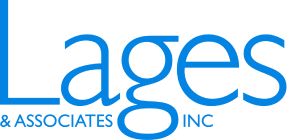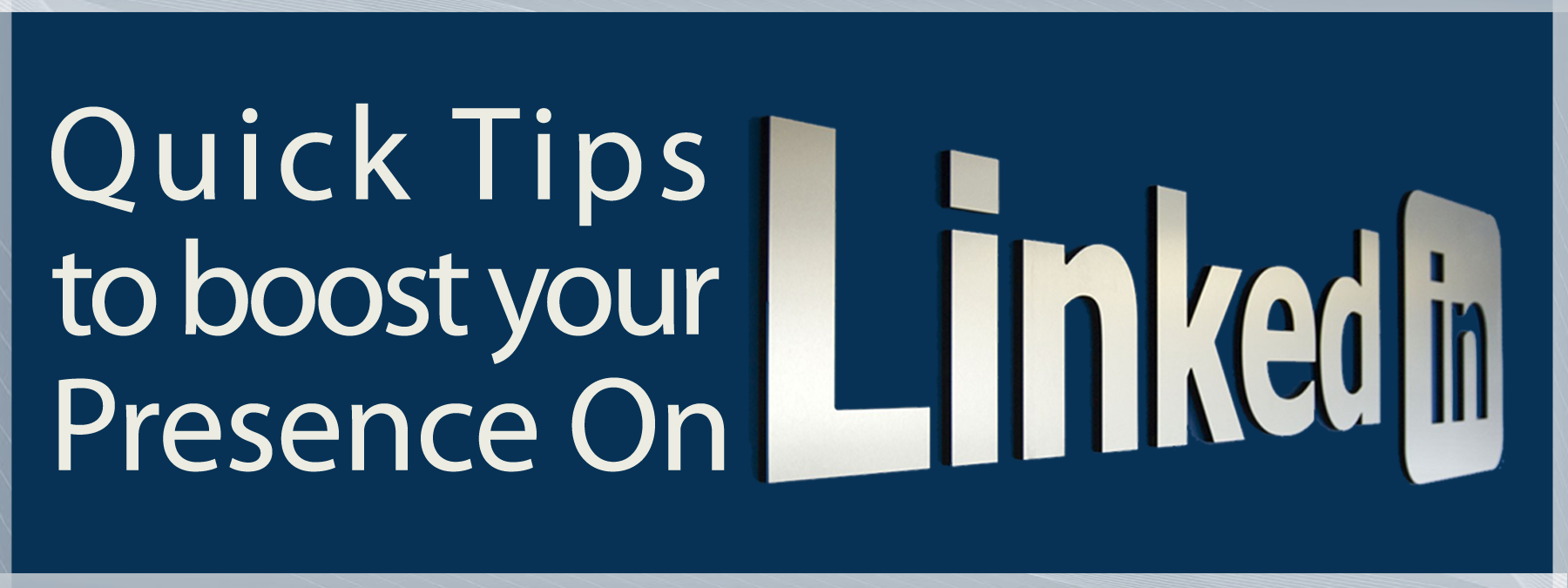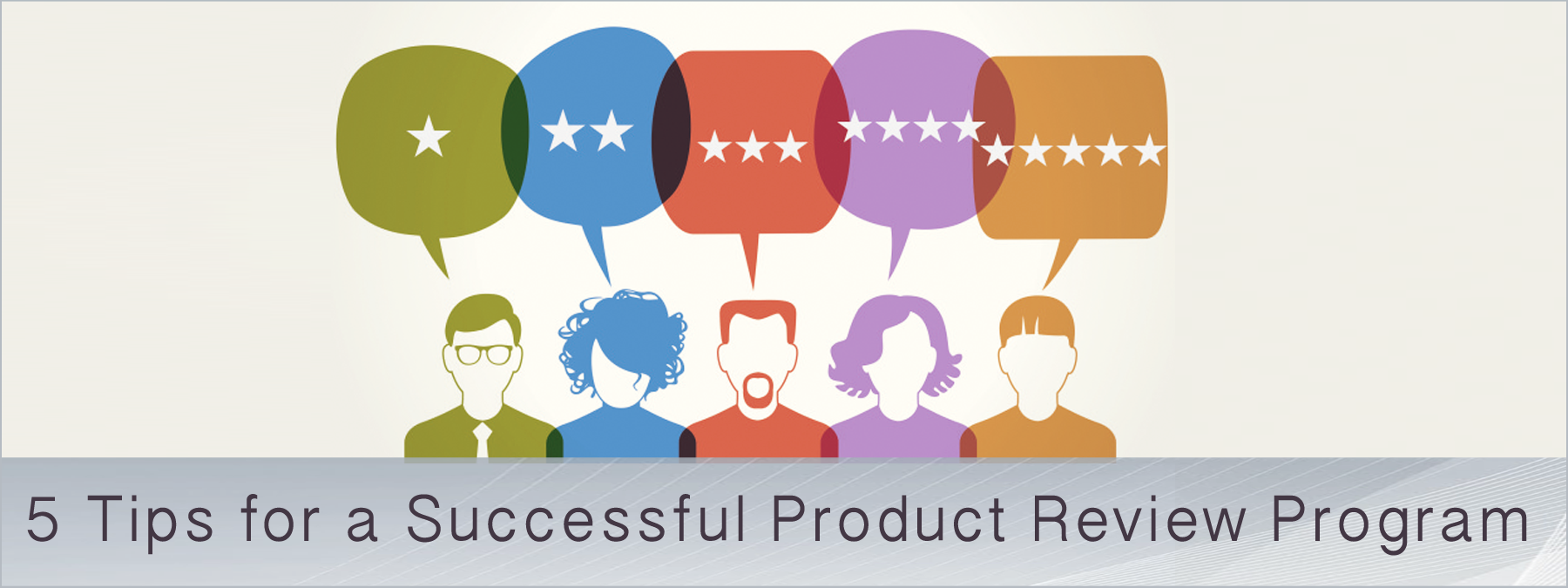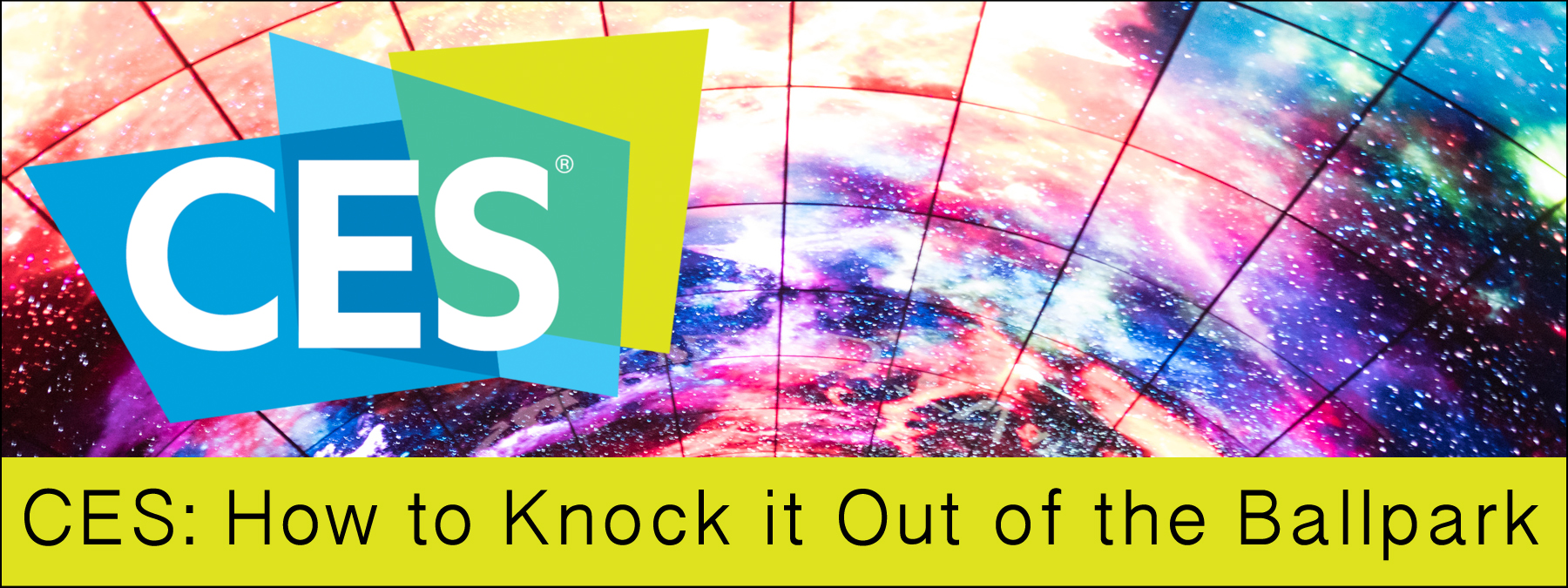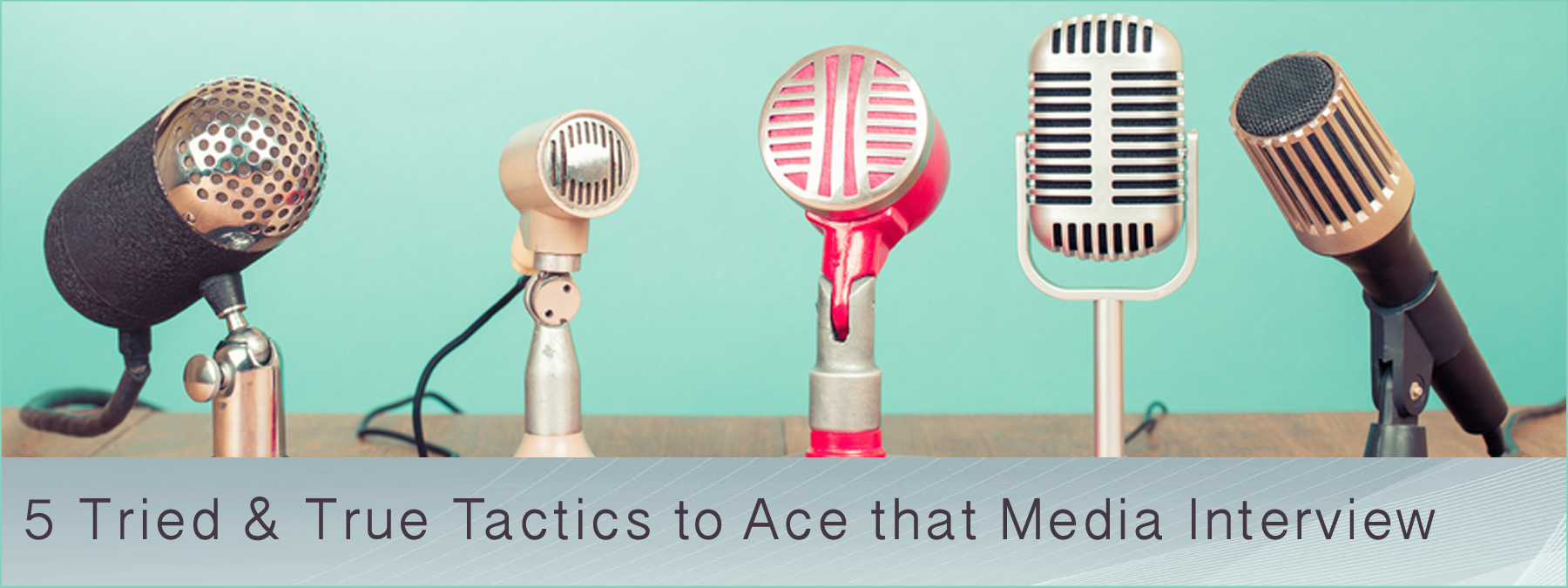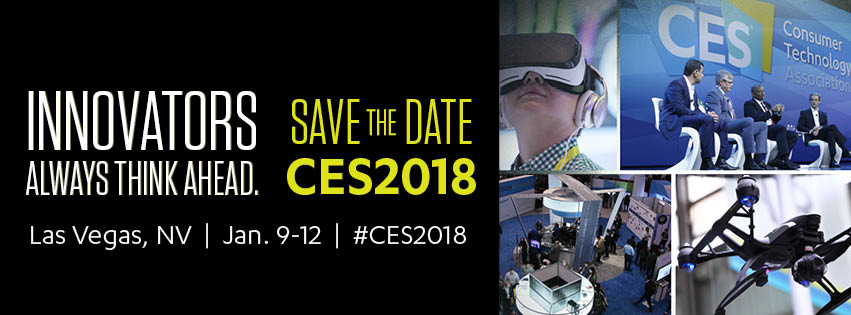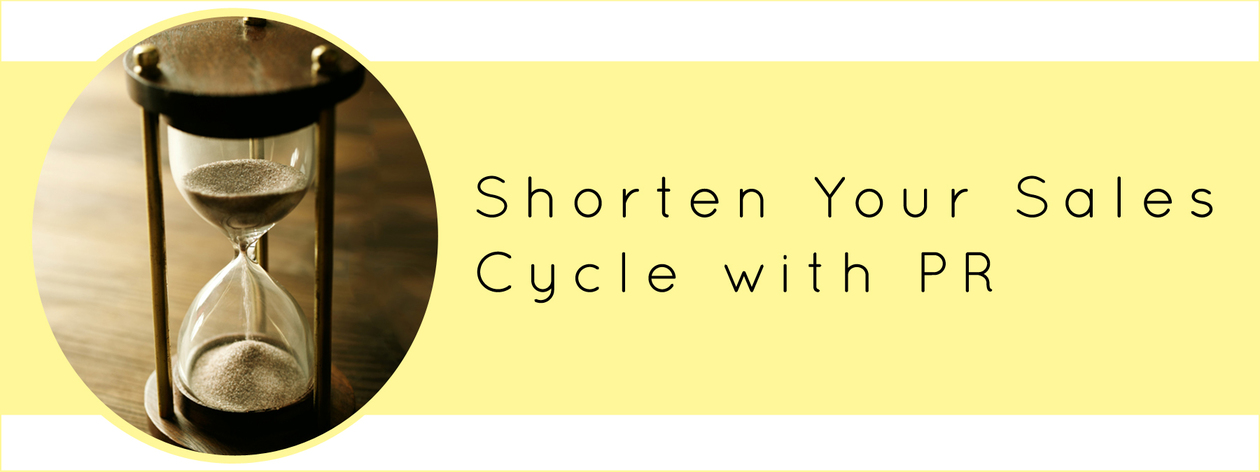An often overlooked but important element of social media marketing is the use of hashtags. However, randomly inserting them without a purpose won’t help your business – at best it is distracting and at worst it may cause confusion. In order to really benefit your brand, hashtags need to be used with a solid strategy in mind.What are hashtags and what can they do for you?
What are hashtags and what can they do for you?
As Hootsuite puts it, “the hashtag is likely the most popular means of categorizing content on social media.” They can:
- Allow your content to be discoverable
- Help you identify, and be part of, relevant content and conversations
- Enable you to engage with others based on a certain theme or common interest
- Be a tool for you to monitor your brand or competitors
- Ensure that your content reaches a much wider audience
Below are five tips on optimizing your posts by using hashtags. Read on!
- Pick your hashtags wisely: Do your homework, be familiar with what is out there in terms of popular and trending hashtags, and explore what hashtags your competitors use. Keep them short, memorable and avoid overcomplicating them. If it makes your audience work harder than needed, chances are you will not help your cause.
- Choose quality over quantity: Hashtags provide an added angle to a larger conversation; if your post does not add substance to a wider conversation, consider skipping them. Even if you can use many hashtags, it does not necessarily mean that you should.
- Use a mixture of hashtags: Brand hashtags are created by businesses. They should be specific enough to your own brand and not easily confused with others. In the case of Nike, for example, the hashtag they use (#JustDoIt) is also their tagline. General hashtags, on the other hand, can be about your industry (#technology), a trade show (#CES), a trend (#GDPR), or the like. Focus on choosing relevant ones that position you as a thought leader or as a valuable participant in the right conversations. To make the most of your efforts, use a mixture of both kinds.
- Tailor your hashtags to the appropriate platform: While LinkedIn’s recent introduction of hashtags offers an added value to posts, the platform is not the place to overindulge in hashtag usage. Instagram, on the other hand, is a hashtagger’s paradise. Know how to use hashtags appropriately on the different platforms.
- Don’t bank on the negative or scandalous: Very few businesses can deal with negative news such as natural disasters, scandals or tragic events respectfully and appropriately. Steer clear of any negative current event as it can cause damage to your brand if you are seen as trying to bank on a sensitive issue in an insensitive way.
#FoodForThought
Using #hashtags is a great way to expand your brand’s reach and engagement. We hope you found these tips useful. Remember, #TheWorldIsYourOyster, so get out there and start experimenting with #NewBeginnings!
